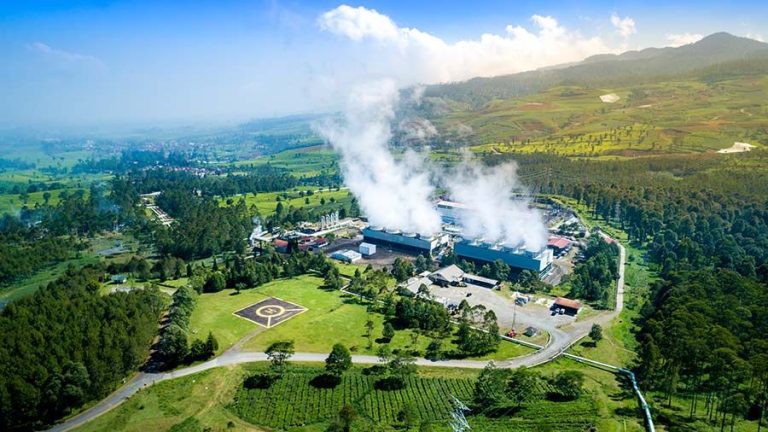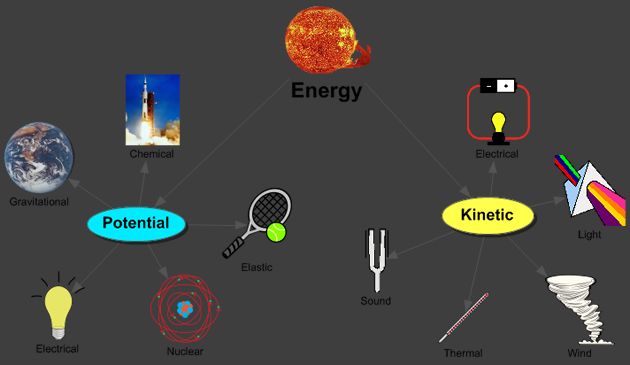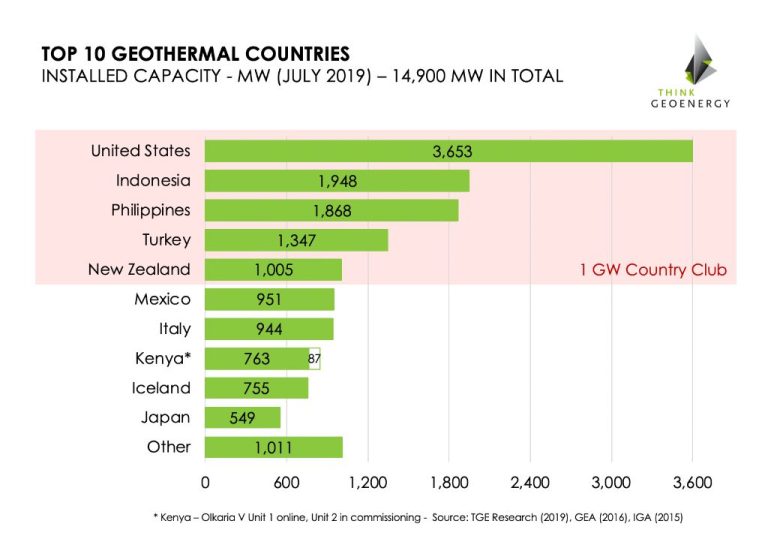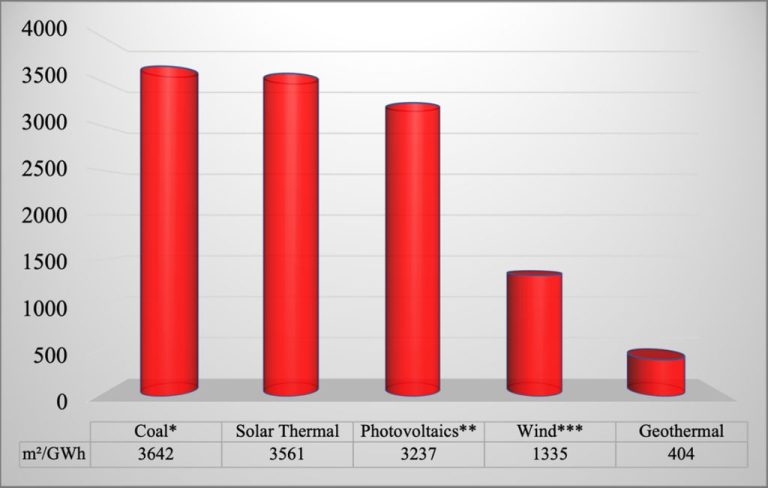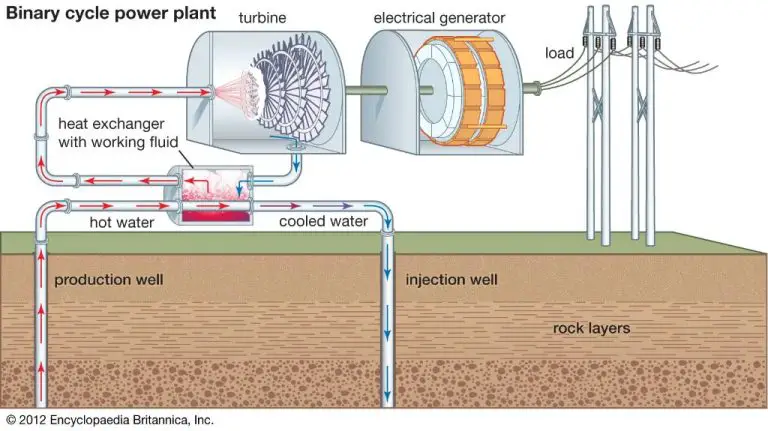Which Renewable Energy Is Available All The Time?
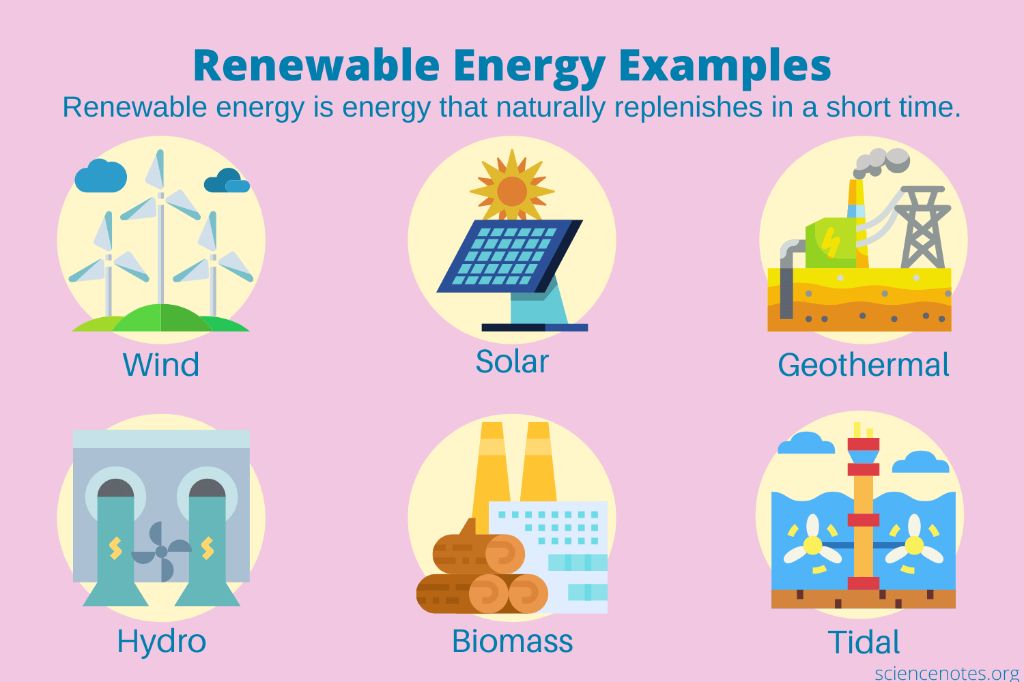
Renewable energy comes from natural sources that are constantly replenished, such as sunlight, wind, water, plants, and geothermal heat. Having renewable energy sources that are available at all times is crucial for providing reliable power generation without intermittency issues. Renewable resources must be able to produce energy around the clock to fully replace fossil fuels and meet our constantly increasing energy demands. Some renewable sources like solar and wind are intermittent as they are weather dependent. Others like hydropower depend on seasonal water availability. Very few renewable energy technologies are capable of providing uninterrupted power. Understanding which clean energy solutions can deliver continuous baseload power is key for transitioning away from polluting fuels and building sustainable energy systems.
Geothermal
Geothermal energy is thermal energy generated and stored in the Earth (UCSUSA.org). It originates from the original formation of the planet, from radioactive decay of minerals, and from solar energy absorbed at the surface (UCSUSA.org). Geothermal energy relies on accessing the heat within the earth’s core to produce steam which can be used to drive electric generators.
To capture geothermal energy, wells are drilled into underground reservoirs to tap steam and very hot water that drives electric generators. There are three types of geothermal energy plants: dry steam, flash, and binary. Dry steam plants use steam from reservoirs directly to turn generators. Flash plants take high pressure hot water, turn it into steam, and use the steam. Lastly, binary plants pass the hot water through heat exchangers, which boil a separate fluid to power the generators (Amli.com).
Examples of large-scale geothermal plants generating electricity include The Geysers in California, the world’s largest geothermal development, and the Hellisheiði plant in Iceland, which supplies the capital Reykjavík with hot water and electricity.
Bioenergy
Bioenergy refers to renewable energy derived from biomass sources like plants and organic waste. It encompasses solid biomass, biogas, and biofuels that can be used to generate electricity.
Solid biomass includes wood, agricultural crops and waste, food waste, and organic municipal solid waste. These feedstocks can be directly combusted or converted into fuels like wood pellets to generate electricity. According to the IEA, bioenergy accounted for 2% of global electricity generation in 2019 1.
Biogas is produced from anaerobic digestion of organic materials like manure, sewage, and landfill waste. The methane-rich biogas can fuel engines and turbines to produce electricity. Over 17,000 biogas plants generated electricity worldwide in 2020 2.
Biofuels like ethanol and biodiesel can also be used in power generation. Ethanol is blended with gasoline while biodiesel is blended with regular diesel for use in electricity generators.
Compared to wind and solar power, a key advantage of bioenergy is its constant availability regardless of weather conditions. However, large-scale bioenergy projects require substantial amounts of land and feedstock.
Hydropower
Hydropower is a renewable energy source that generates electricity by using the natural flow of water. It converts the energy of flowing or falling water into electrical energy through a turbine and generator. Some key ways hydropower works:
Dams store large reservoirs of water that is then released to flow through turbines. As the water flows through the turbine, it spins a shaft connected to a generator, which converts the mechanical energy into electrical energy. Major hydropower projects often utilize dams and large reservoirs. For example, the Grand Coulee Dam in Washington is one of the largest hydropower facilities in the United States with over 6,800 megawatts of capacity.
Run-of-river hydro projects channel a portion of a river’s water through a canal and turbine. This type generates electricity without the need for dams and reservoirs.
Pumped storage facilities pump water uphill to a reservoir at higher elevation during times of low electricity demand. During peak demand, the water is released back downhill through turbines to generate electricity. The Bath County Pumped Storage Station in Virginia can generate up to 3,003 megawatts.
Small hydropower systems can utilize irrigation ditches and small dams to generate electricity locally. Such systems may power a single home, farm or small community.
Ocean Energy
Ocean energy refers to technologies that harness the energy of the ocean to generate electricity. There are several types of ocean energy, including tidal power, wave power, ocean thermal energy conversion (OTEC), and saline gradient power. Some major examples of ocean energy in use around the world include:
Tidal power stations, like the 254 megawatt Sihwa Lake Tidal Power Station in South Korea, use tidal differences in sea level to turn turbines. The Rance Tidal Power Station in France with 240 megawatts capacity has been operating for over 50 years.
Wave power stations, like the Mutriku Wave Power Plant in Spain rated at 296 kW, use the motion of waves to drive air turbines. The Perth Wave Energy Project in Australia uses Carnegie’s CETO technology with capacity of 2 megawatts.
OTEC plants, like the 100 kW experimental OTEC plant in Hawaii, use temperature differences in warmer surface water and colder deep water to produce electricity. In 2009, Lockheed Martin completed the first OTEC plant connected to the US grid in Hawaii.
While ocean energy is still a small contributor to renewable electricity compared to sources like solar and wind, adoption is growing. The worldwide ocean energy capacity is forecasted to reach 40 gigawatts by 2050 (World Energy Resources Marine Energy, 2016).
Comparison
When comparing different renewable energy sources in terms of availability, reliability, and location constraints, there are some key differences to consider (Hydropower, Geothermal, and Ocean Energy; Comparison Between Sources of Renewable Energy):
Geothermal energy is available at all times as it taps into the earth’s internal heat that is continuously produced. This makes it a highly reliable source. However, viable locations are limited to areas with adequate underground heat and access to it, like near tectonic plate boundaries.
Hydropower relies on water flows, which vary seasonally. It’s generally available as needed but less reliable in droughts. Locations are limited to rivers and coastal areas.
Bioenergy relies on plant or animal matter, so availability depends on agricultural/forestry outputs. It’s less reliable than geothermal but more controllable than hydropower. Locations are limited by biomass sources and transport.
Ocean energy relies on tidal flows and waves, making it intermittent. But locations with wide tidal ranges provide reliable tidal power. Wave power is only available near coasts.
Overall, geothermal is the most continuously available renewable source, while bioenergy and hydropower can be available on demand. Ocean and wave power are less reliable due to intermittent input. Location constraints exist for all sources.
Challenges
While renewable energy sources offer many benefits, they also come with unique challenges that must be addressed for wider adoption. Some key challenges include:
High upfront costs – Technologies like geothermal, hydropower, and tidal require substantial initial investments for construction and installation. This can deter adoption, especially in developing nations (Ang, 2022).
Location limitations – Sources like hydropower and tidal are only feasible in specific geographic locations. Similarly, geothermal depends on accessibility to sufficient underground heat sources (IEA, 2021).
Environmental impacts – Dams for hydropower can disrupt local ecosystems and wildlife habitats. Geothermal projects may release greenhouse gases trapped underground. Tidal energy can impact marine life (Ang, 2022).
Intermittency – Renewables like tidal, solar, and wind suffer from intermittency issues, generating power only when resources are available. This requires integration with storage systems or secondary power sources (IEA, 2021).
Overcoming these challenges will require further technology improvements, policy incentives, environmental impact mitigation, and public-private partnerships to achieve the full potential of renewable energy worldwide.
Future Outlook
The future potential for renewable energy sources like geothermal, bioenergy, hydropower, and ocean energy is promising. According to the International Renewable Energy Agency’s (IRENA) Global Renewables Outlook, renewables are predicted to supply over 60% of global electricity production by 2050. Significant growth is expected in all of these technologies.
Geothermal capacity could grow over 200% by 2050 according to projections by the International Energy Agency (IEA) in their Renewables 2020 report. With improved technology enabling access to geothermal resources previously out of reach, the potential for growth is vast, especially in countries with high geothermal potential like Indonesia and East Africa.
The outlook for hydropower shows potential for major capacity growth as well, with predictions of over 1,000 GW added globally by 2050 according to IRENA. Asia and Africa have significant potential for new hydropower development. Ocean energy could see rapid scale-up with over 300 GW installed globally by 2050.
Bioenergy use is predicted to double, supplying 20% of global energy by 2050 according to IEA projections. With bioenergy providing essential grid balancing services as variable renewables like solar and wind expand, its growth looks assured. Realizing the full potential of these renewable sources can lead to a more sustainable energy future.
Conclusion
In conclusion, some renewable energy sources like geothermal, bioenergy, and hydropower can provide constant power around the clock. Ocean energy technologies like tidal, wave, ocean thermal, and marine hydrokinetic can potentially provide constant renewable energy if technical and economic challenges are overcome. While solar and wind are intermittent, geothermal, hydro, bioenergy, and ocean energy can complement them by providing reliable baseload power to the grid. Development of energy storage solutions can further enable variable renewables like solar and wind to become available on demand. With continued technological improvements and advancements, renewables should be able to one day fully meet our energy needs.
References
American Public Power Association. (2015). Hydropower: America’s Renewable Energy Source. https://www.publicpower.org/system/files/documents/hydropower_americas_renewable_energy.pdf
Center for Climate and Energy Solutions. (2021). Renewable Energy. https://www.c2es.org/content/renewable-energy/
International Renewable Energy Agency. (2022). Renewable Capacity Statistics 2022. https://www.irena.org/publications/2022/Apr/Renewable-Capacity-Statistics-2022
National Hydropower Association. (2020). NHA Report Tallies 1,500+ MW of U.S. Hydropower Upgrades in 2020. https://www.hydro.org/press-releases/nha-report-tallies-1500-mw-of-u-s-hydropower-upgrades-in-2020/
Office of Energy Efficiency & Renewable Energy. (2022). Geothermal Technologies Office. https://www.energy.gov/eere/geothermal/geothermal-technologies-office
Union of Concerned Scientists. (2022). How Geothermal Energy Works. https://www.ucsusa.org/resources/how-geothermal-energy-works

